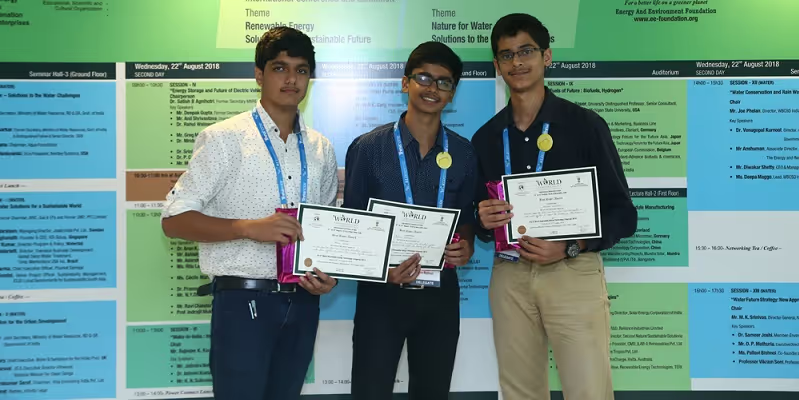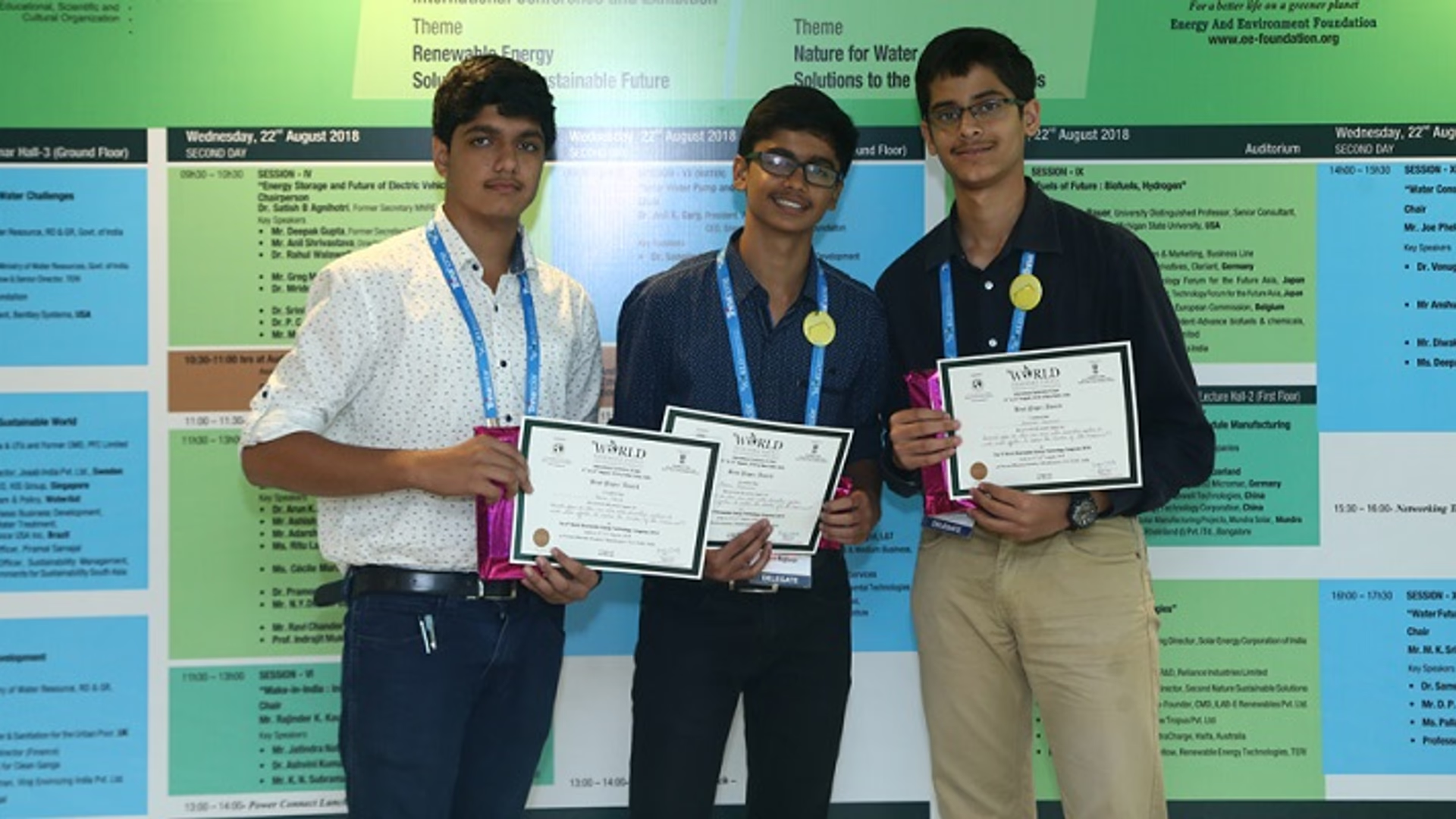Meet the 15-year-old water conservationists who want to save Bengaluru from becoming the next Cape Town
Class X students Param Nayar and Ashvin Raghavan are interning with an NGO, and working to convince housing societies to install community rainwater harvesting tanks instead of individual systems.
Bengaluru, India’s Silicon Valley, has been facing water stress for quite some time now. And the decade-long dispute over Cauvery waters with neighbouring state Tamil Nadu has only worsened the situation.
A recent assessment by Down To Earth magazine last year stated that Bengaluru might soon become the next Cape Town, the South African city where a water crisis peaked in 2017-18. But hope floats as youngsters across the metropolis are joining the war to help conserve water.
Param Nayar and Ashvin Raghavan, both 15 years old, and students of Class X at National Public School, Indiranagar, are among them.
Param and Ashvin, currently interns with FORCE, a New Delhi-based NGO working for community-led and managed water conservation, are working to spread awareness on how Bangaloreans can make use of rain water.
Their idea is simple: instead of individual systems, colonies should have community rainwater harvesting tanks.

Param, Ashvin along with their friend, Akshara at the World Water Summit in Delhi (L-R)
An opportunity in every challenge
The two youngsters, along with three other school friends (Akshara Joshipura, Rishank Kanaparti, and Aditya Vemareddy), participated in the FIRST Lego League (FLL) in January last year. FLL is an international competition for elementary and middle-school students, and introduces them to scientific and real-life problems. "We had to find a problem in the water cycle and provide a solution,” Ashvin says. It is then that they started researching Bengaluru's water scarcity problem.
"In Bengaluru, ground water is not available before 1,000 feet," Param says. The team proposed their idea of setting up community tanks instead of individual houses having a rainwater harvesting system.
Once the competition was over, Ashvin and Param decided to take their idea forward. They applied to the World Water Summit and presented their paper on rainwater harvesting, in Delhi.
"Since then we have been constantly trying to spread awareness about water conservation. We have recently delivered a presentation at the Philips’ office in Bengaluru,” Param says.
The duo presented their idea at Philips as a Corporate Social Responsibility (CSR) activity through FORCE.
"We received a positive response from employees at Philips. However, nobody has implemented the idea yet since it is quite cumbersome in an existing society," Ashvin adds.
What's in the age?
The journey towards becoming water warriors wasn’t easy for the two 15-year-olds.
“Because of our age, people would initially not take us seriously,” Ashvin says.
That is why Param and Ashvin joined FORCE and started interning since February. "Since we work with an organisation now, people tend to take us more seriously," Param adds.
Ashvin and Param are focusing on the wastage of rain water and trying to spread awareness about the same in Bengaluru.
“We found data that Bengaluru gets around 209 litres of rainfall per person per day. We wanted to try and capture this to solve the city's water crisis,” Ashvin says.
The two neighbours work out of their homes, and try and spend at least an hour or two during the weekends on this project. “Whenever there is a social gathering or event, we share our idea. On Republic Day, we talked about water conservation to the people of our layout,” says Param, a resident of Ferns Paradise, Marathalli.
“We are proposing a simple extension of the current water harvesting method,” he adds.
According to Karnataka’s present law, every household is required to have a water harvesting system. However, the law does not specify the capacity of the tank. Individual small tanks of 3,000-litre capacity store up to three minutes of heavy rainfall; the rest of the rain water is wasted, Param says.
The duo believes it would be far more beneficial if there was a bigger community tank for the entire colony. “We are trying to promote the idea of water conservation on a community level,” he adds.
“A year's rainfall collected from a bungalow built on a 2,400-sqft plot can save water for up to 180 days’ use,” Ashvin says.
An eye on the future
Param and Ashvin have already helped with three campaigns: one in their society, one at the Philips' office, and another at Whitefield. They are keen to see their idea executed soon.
“We have spoken to an engineer who lives nearby; he said our idea is feasible,” Ashvin says.
Rachna Sethi, an architect from Bengaluru, says: “Different methods of rainwater harvesting have been practised for many years to reduce the consumption of ground water, and water from reservoirs. This team has come up with an intra-community grid, which will reduce dependency on ground water. Despite the initial cost and maintenance, their solution is worth considering.”
The students plan to study STEM and pursue engineering, but will continue to focus on their pet cause: water. “Whenever we get the opportunity, we will work on water and other issues that the world is facing today. We will spread awareness and improve the situation,” they say.






